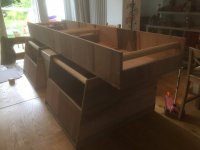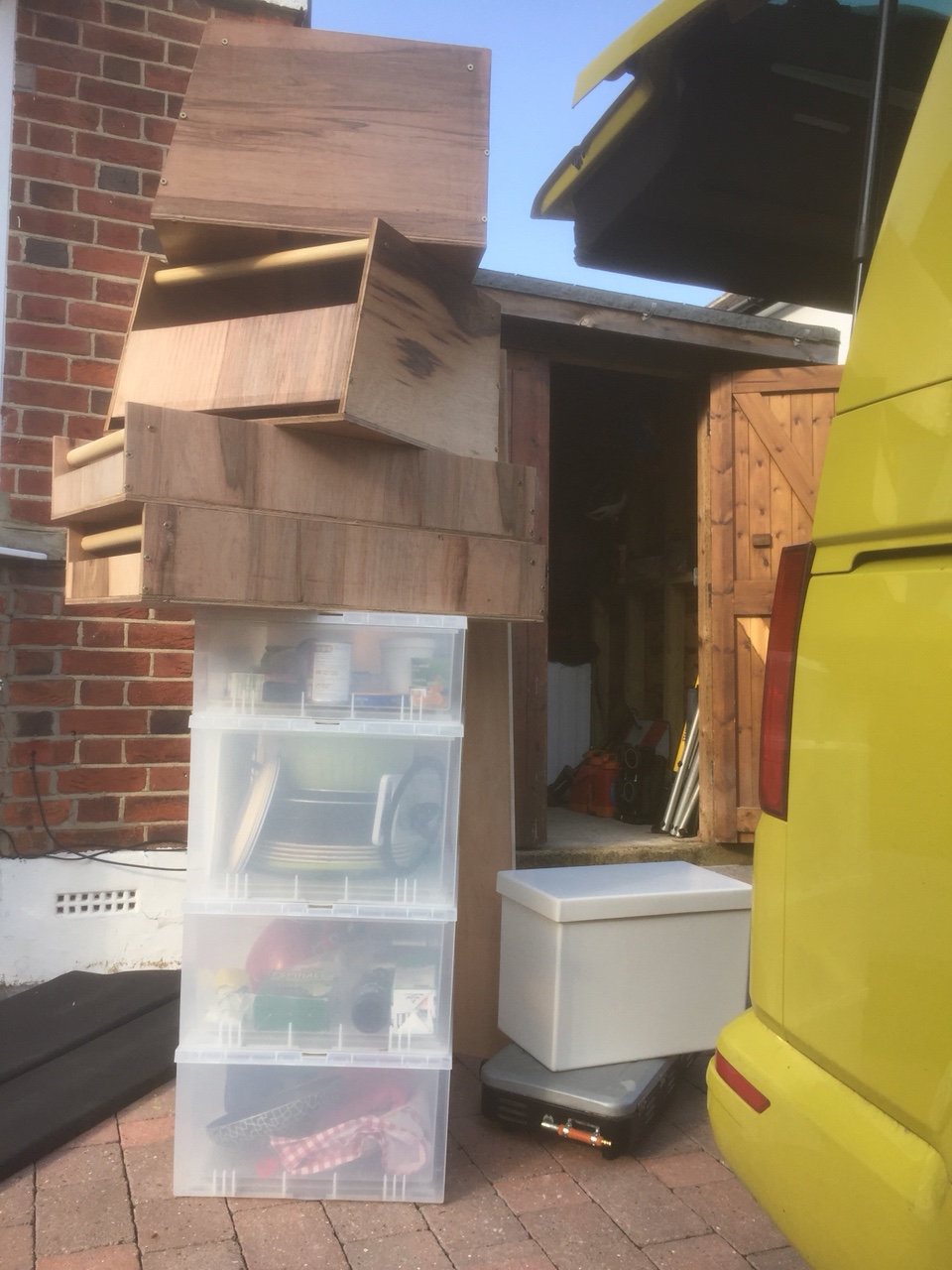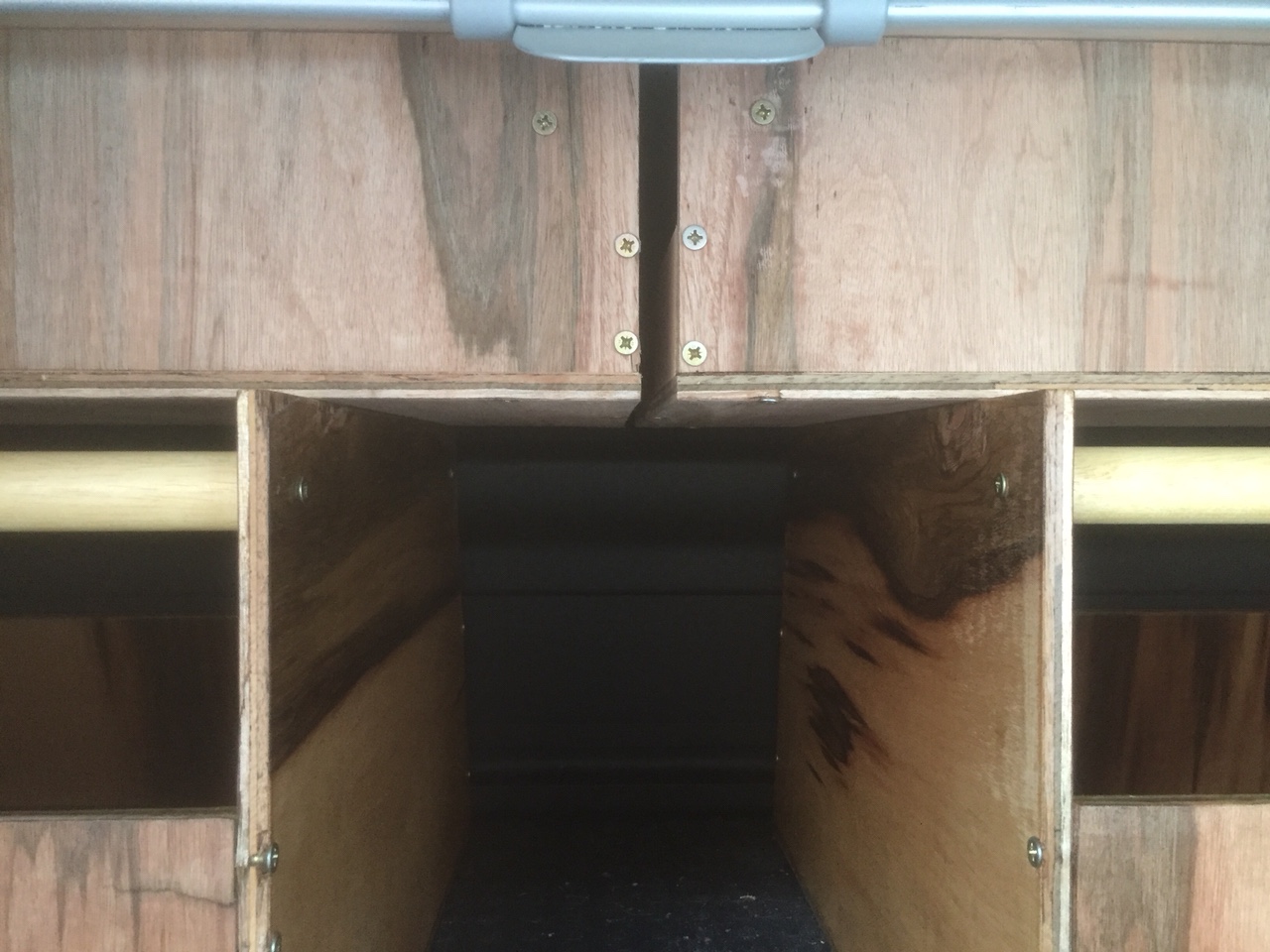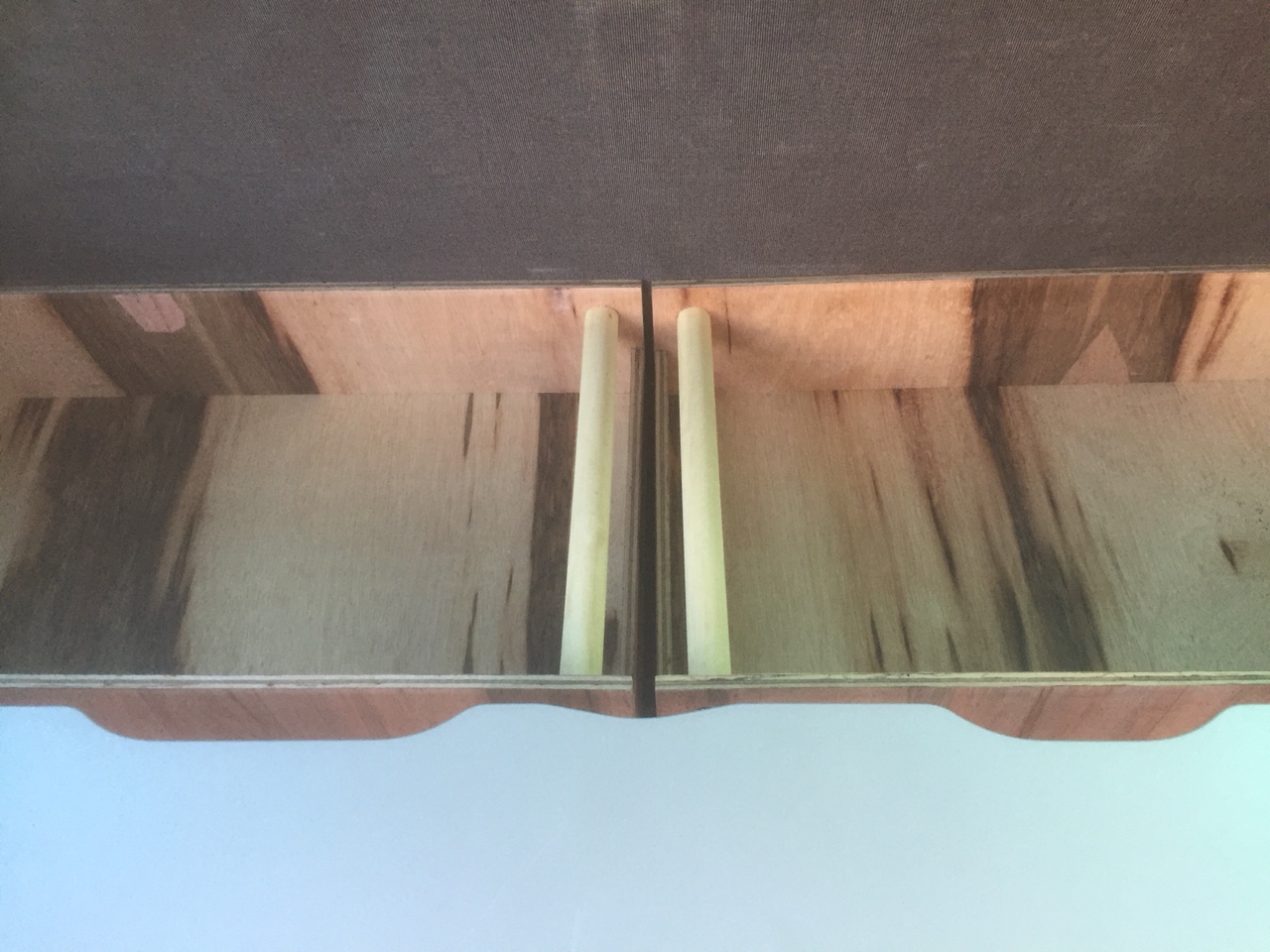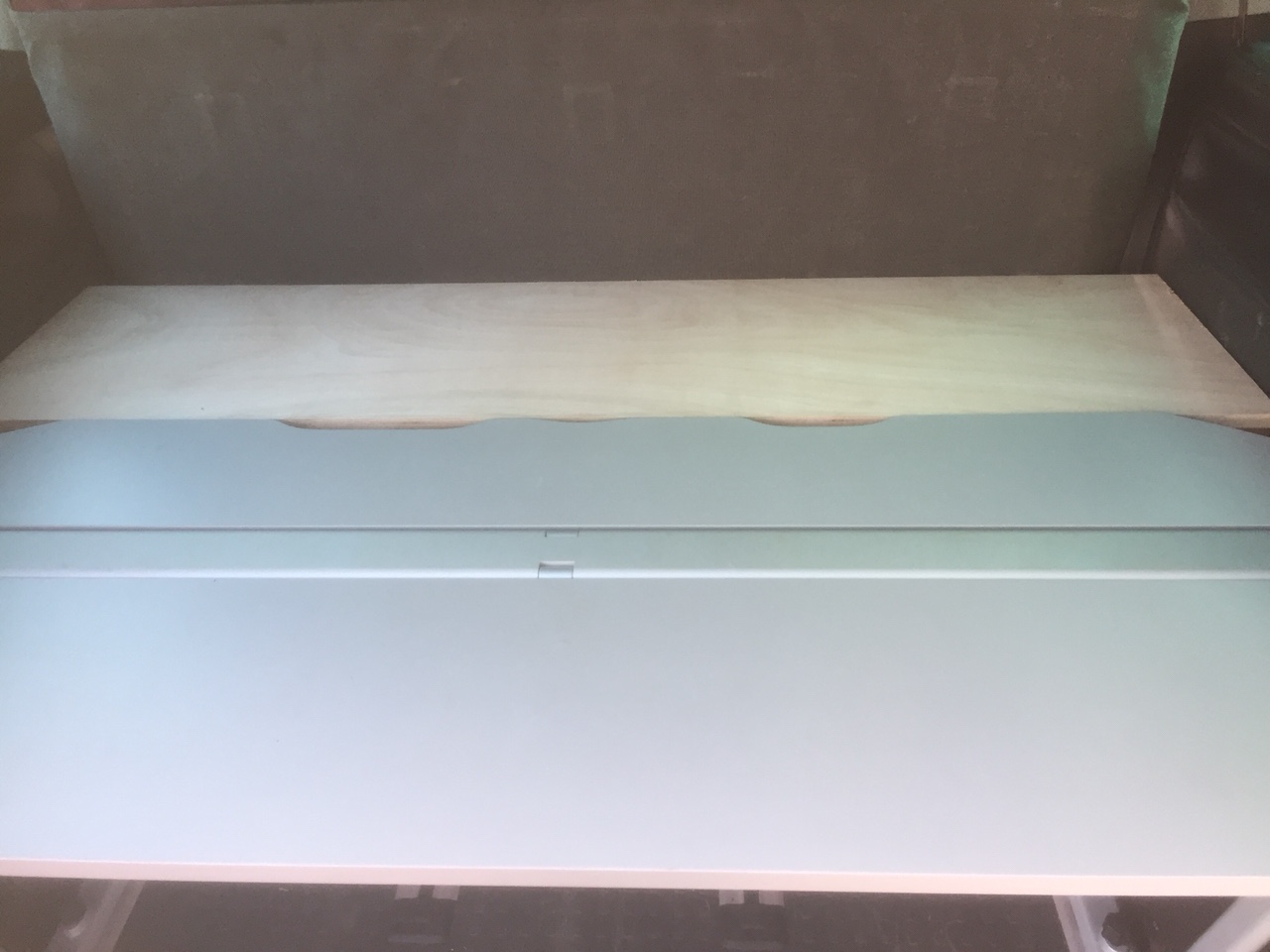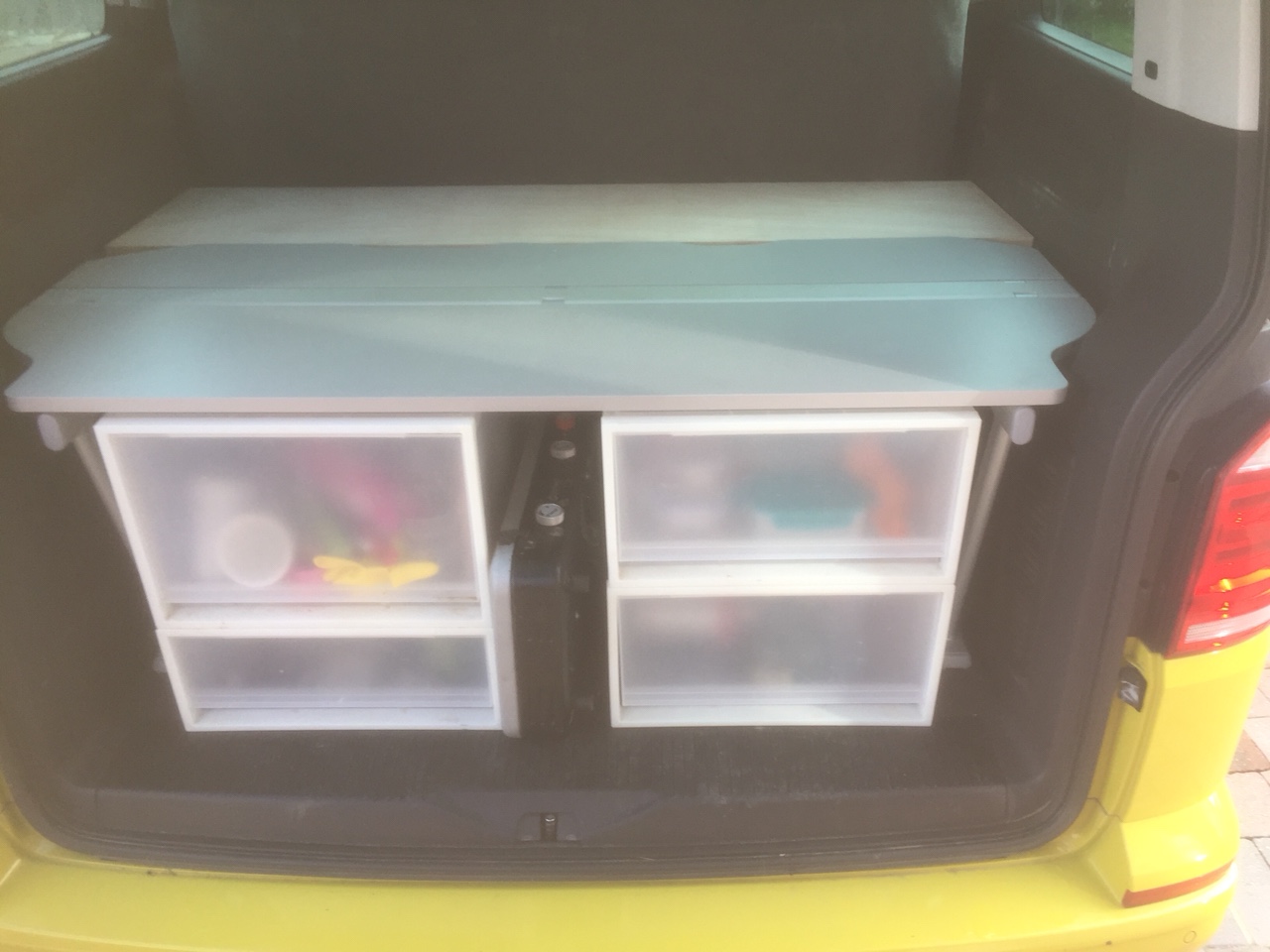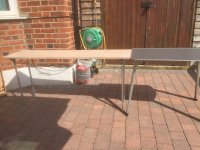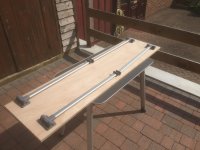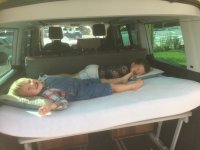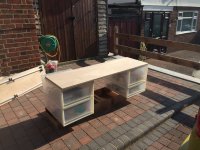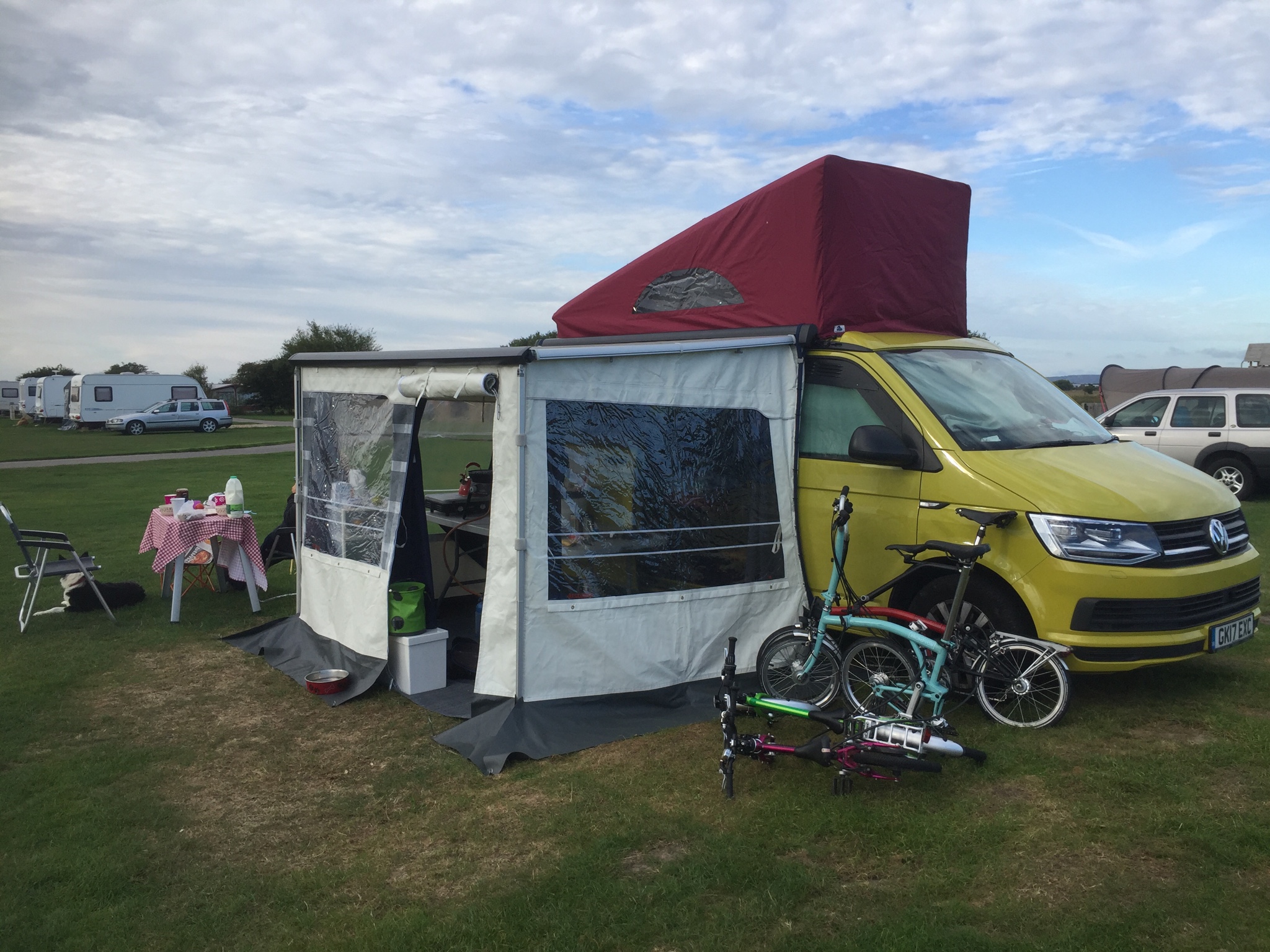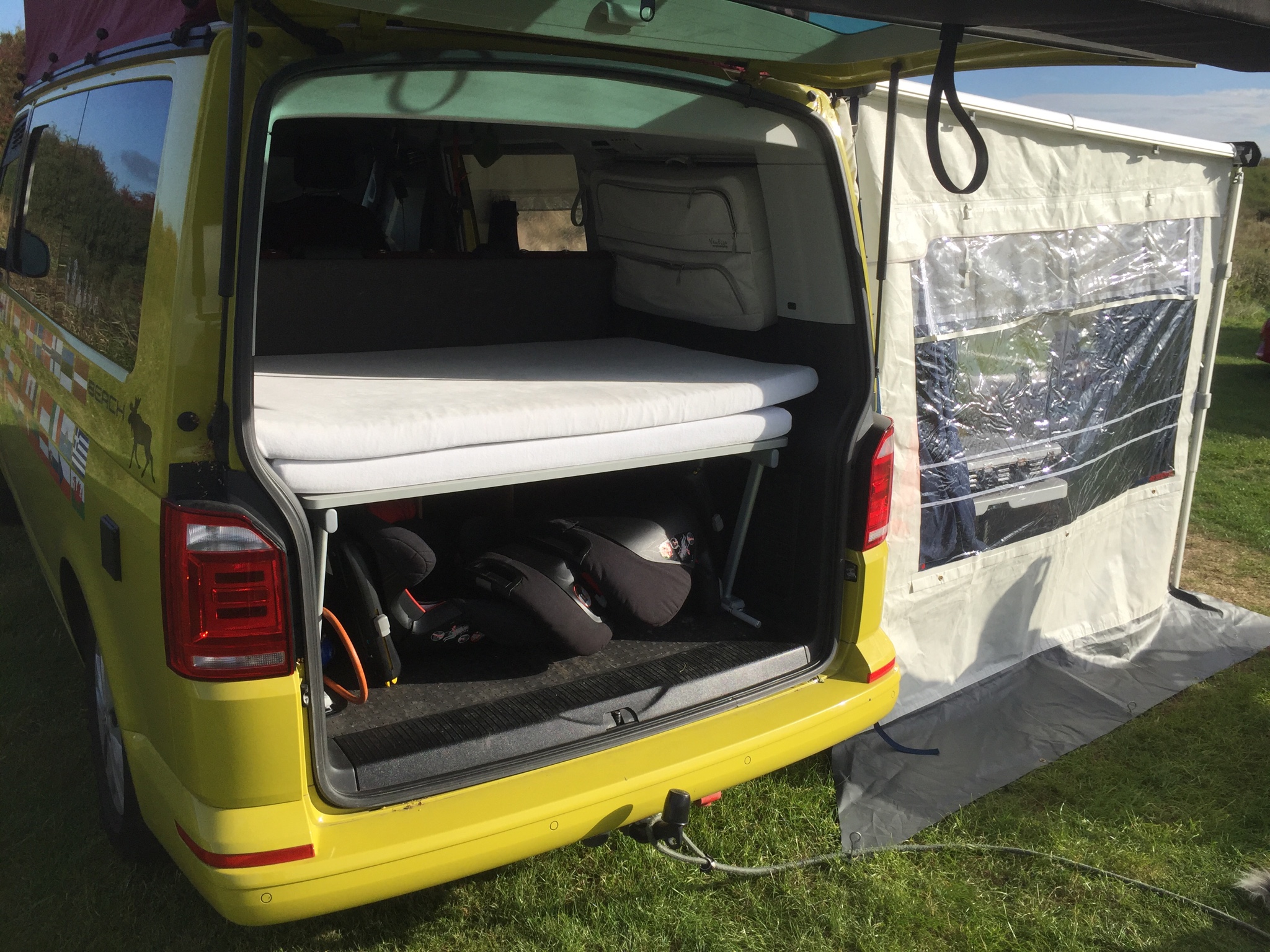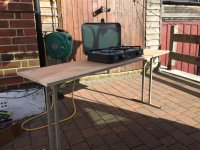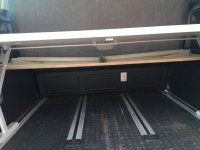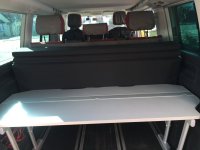The gas box is not sealed, but it is about 3" taller than the 907 bottle and has a simple lift off lid. What, if any, effect that will have on any escaping butane is something I have limited knowledge, but I hope that most of any escaping butane would confine itself to the box. The box was
ridiculously expensive, and for that price I expected a sealed box.
It would depend on the size of the leak. As you've mentioned, the box is mainly designed to act as a bund to contain any escaping heavier than air Butane gas. It's too late now but as far as that function is concerned any large box that will hold water would do exactly the same job and at a fraction of the cost! A Eurocrate or Really Useful Box perhaps. Hopefully if there were to be a leak of this kind you would smell the stenching agent in the gas and remove the box and vent it safely outside of the van. However, if the leak were larger and lay undiscovered which is unlikely, then eventually it would almost certainly overflow past the unsealed lid just like a bath where the taps have been left running. Under these circumstances it would mean your vehicle would have a box full of butane gas vapour and a highly flammable gas/air mix cloud developing at low level inside your van. Not a good situation to be in.
I'm not familiar with the specific applications for which these boxes are designed or their test critia but if as the link says, "Our unique gas cylinder lockers are constructed from fire retardant GRP using Class 1 resin and exceed the BS 476-20 standard for fire safety", then logically that would be to provide a degree of protection from an external fire source. I really don't know how effective they are at preventing the cylinders from becoming compromised under these circumstances. However, any protection offered in a fire situation might reduce the likelyhood of injury or worse to fire fighters attempting to extinguish the incident.
On a slightly different note, If you have gas cylinders in your Cali then it's a very good idea to give the Emergency Services a warning. Display a
LPG Gas label on the boot.
They will be on the look out for gas cylinders in a vehicle that is obviously a campervan but might overlook a vehicle that doesn't have the usual campervan kitchen features e.g a Cali Beach.
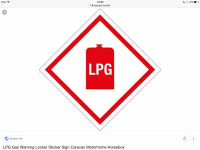
Getting back on topic, IMO the benefits of this gas box to the occupants of the vehicle are debatable. If I were trapped in a vehicle that was on fire (a very rare occurance), then I for one would be thankfull that the gas cylinders were contained in a fire resistant box. However under all other circumstances the best thing to do would be to take very big steps well away from the vehicle and then call the Fire Service.
To add a little perspective, here is a Youtube clip of a prize idiot throwing a Campingaz C205 GLS cartridge onto a fire. DON'T try this at home.
That Campingaz cartridge contained 190 gramms of Butane. A full Campingaz 907 that most of us use contains 2.7 kgs of Butane. That's over fourteen times as much gas!
IMO the best way to ensure that there are no leaks on your 907 when you stow it is to always transport it separately, disconnected from the appliance and to do a quick leak test with a washing up liquid and water mix after first screwing the seal back on tightly. If all is well then you shouldn't have any problems. If you have a SE/Ocean then I stand to be corrected but I believe any leaking gas is vented to open air from the bottom of the water jacket container. When I had an SE I always disconnected at the cylinder and checked that the seal was really tight before driving away.
So on balance, I think that your box is a useful safety accessory to have as it could reduce risk in the event of a small leak and it affords some protection in the event of an external fire. Also you have it positioned in about the best position in the van to afford maximum safety to the occupants in a collision. The heavy cylinders can't fly about in a crash and they are as about as far away from any deformation of the bodywork in the event of a crash.
